Birds are remarkable creatures, capable of traversing vast distances during their annual migrations. While many bird species follow relatively direct routes between their breeding and wintering grounds, some take astonishing detours that add thousands of miles to their journeys. These seemingly inefficient paths have puzzled scientists for decades, but recent research has revealed fascinating evolutionary, ecological, and physiological reasons behind these extraordinary detours. From avoiding geographical barriers to exploiting seasonal food resources, these migration strategies represent sophisticated adaptations that have evolved over millennia to enhance survival. This article explores the surprising reasons why certain birds choose the long way around during their epic migrations.
The Mystery of Indirect Migration Routes
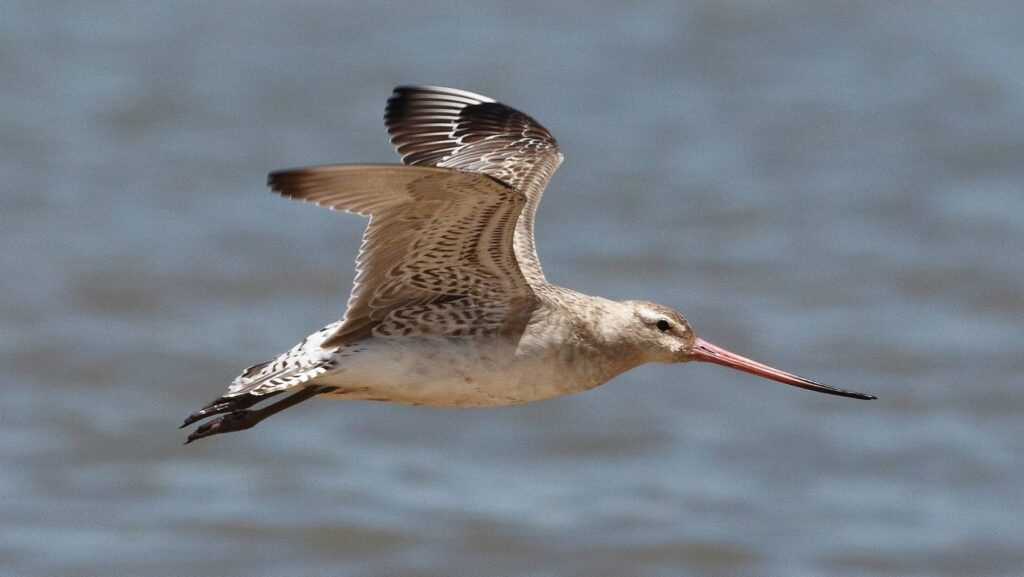
When scientists first began tracking bird migrations using modern technology, they were astonished to discover that many species don’t follow the most direct path between their seasonal homes. Some birds fly routes that are significantly longer than necessary, adding thousands of miles to already challenging journeys. The bar-tailed godwit, for instance, flies from Alaska to New Zealand on a route that curves westward rather than heading directly south, adding nearly 1,000 miles to its journey. These indirect routes initially seemed counterintuitive, as migration is energetically costly and dangerous, making any unnecessary distance puzzling from an evolutionary perspective. However, as tracking technology improved, researchers began to uncover the sophisticated logic behind these seemingly inefficient paths.
The Role of Geographical Barriers
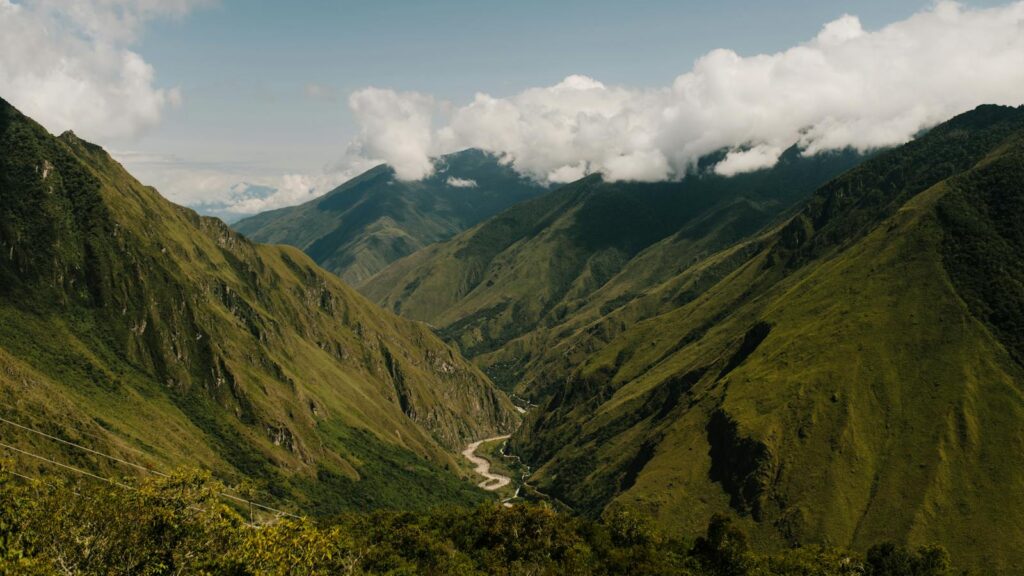
One of the most significant factors driving migration detours is the presence of formidable geographical barriers. Mountain ranges, vast deserts, and large bodies of water can present insurmountable obstacles for many bird species. The Himalayan mountains, for instance, force many Central Asian birds to detour thousands of miles east or west rather than attempting a direct route that would require flying over the world’s highest peaks. Similarly, many European songbirds avoid crossing the Mediterranean Sea at its widest points, instead following land bridges that offer safer passage but add considerable distance to their journey. These detours evolved because birds that attempted more direct routes faced higher mortality rates due to extreme conditions, predation, or exhaustion, gradually selecting for populations that followed safer, if longer, pathways.
Wind Patterns and Energy Conservation
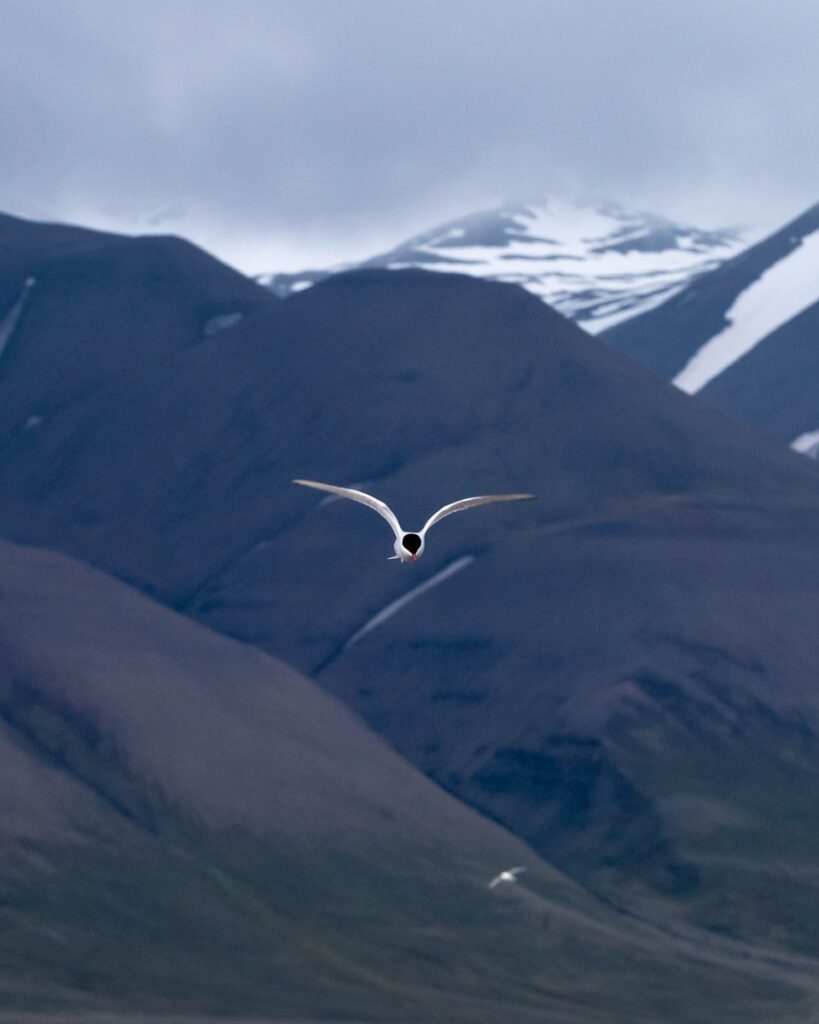
Birds demonstrate remarkable sensitivity to global wind patterns, often structuring their migration routes to take advantage of favorable tailwinds. This strategy explains many seemingly inefficient detours that actually conserve energy despite covering greater distances. Arctic terns, which make the longest migration of any animal—from the Arctic to Antarctica and back annually—follow a lengthy S-shaped route rather than flying directly north to south. This curved path allows them to ride the prevailing global wind systems, including the westerlies and trade winds, effectively creating a global conveyor belt that propels them along their journey. Research has shown that by following these wind-optimized routes, birds can reduce their energy expenditure by up to 30 percent compared to taking more direct paths against headwinds.
Fueling Stations: The Importance of Stopover Sites
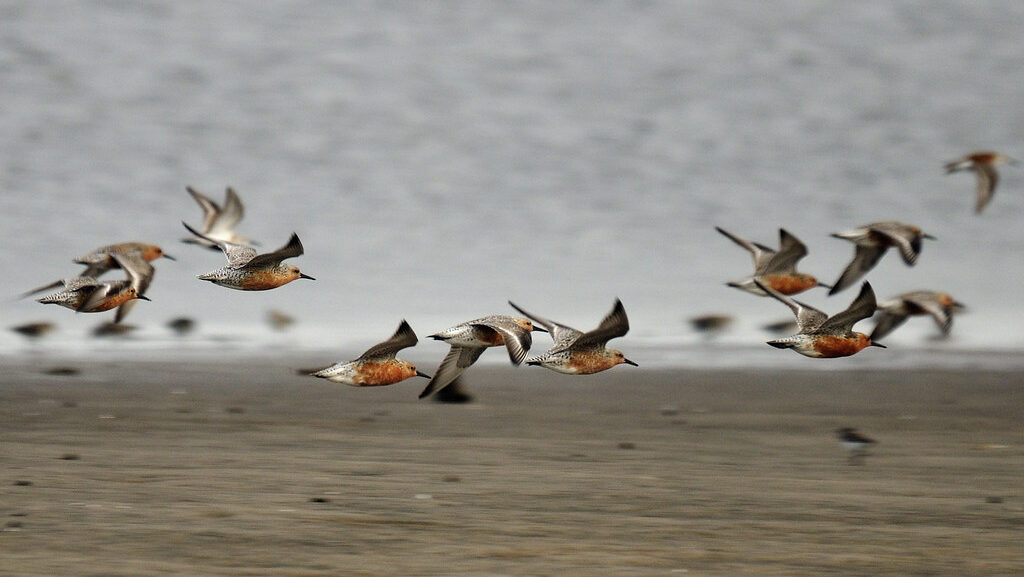
Birds’ migration routes are often structured around reliable refueling locations, even when this means significant detours from the direct path. These stopover sites function as crucial “service stations” where birds can rest and replenish fat reserves before continuing their journeys. The Delaware Bay on the eastern coast of the United States, for example, hosts hundreds of thousands of red knots each spring, who detour there to feast on horseshoe crab eggs—a critical food source that allows them to nearly double their body weight before continuing to Arctic breeding grounds. Without these nutritional resources, many birds would lack sufficient energy to complete their migrations successfully. Over evolutionary time, routes have shifted to incorporate these vital refueling sites, even when they require substantial detours.
Predator Avoidance Strategies
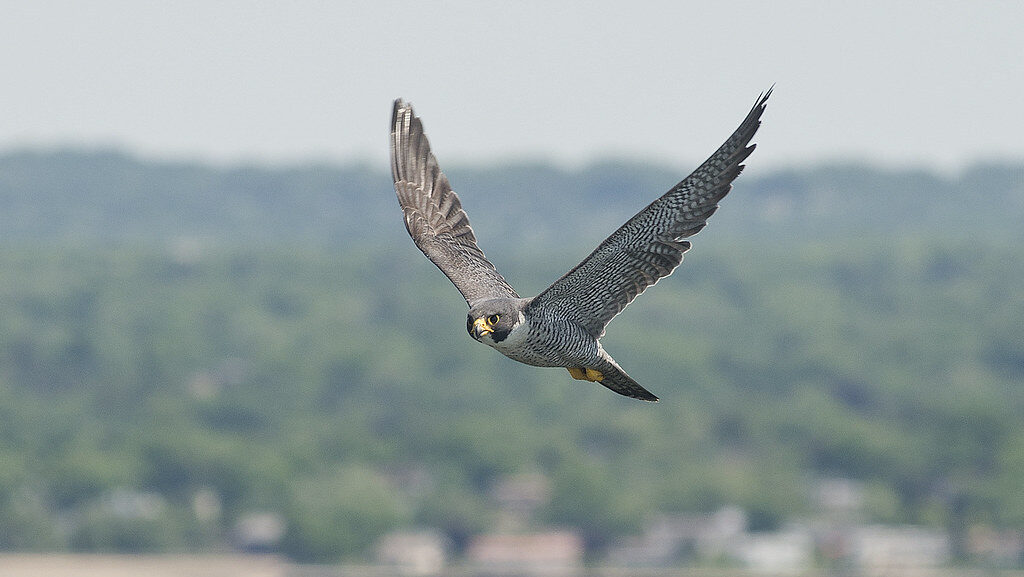
The threat of predation has shaped migration routes in profound and sometimes surprising ways. Many birds take detours specifically to avoid areas with high concentrations of predators, even when this means flying hundreds or thousands of additional miles. Raptors like peregrine falcons often position themselves along direct migration corridors, creating dangerous gauntlets for smaller birds to navigate. Shorebirds migrating between South America and the Arctic frequently take offshore routes over the Atlantic Ocean rather than following the more direct overland route along the eastern United States, partly to avoid areas with high falcon concentrations. Tracking studies have revealed that survival rates are significantly higher for birds following these predator-avoidance detours, demonstrating the evolutionary advantage of such seemingly inefficient paths.
Historical Migration Routes and Glaciation
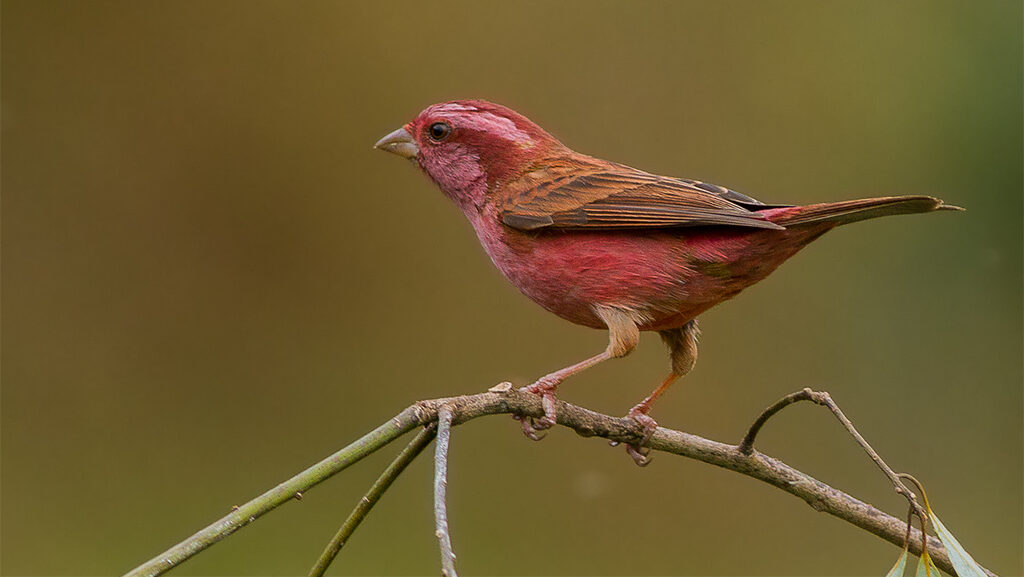
Some of the most puzzling migration detours reflect ancient routes established during periods of glaciation, when ice sheets covered much of the northern hemisphere. As glaciers retreated over the past 12,000 years, birds retained these ancestral migration paths rather than adopting more direct routes. The common rosefinch, for example, breeds in northern Europe but winters in India, following a circuitous southeastern route that traces the edge of ancient ice sheets rather than flying directly south. This phenomenon, known as “migration route conservatism,” suggests that migration pathways can become genetically fixed and resistant to change even after the original geographic constraints disappear. Paleoclimatic modeling has helped scientists reconstruct these ancient migration routes, revealing how today’s seemingly inefficient detours often represent adaptations to prehistoric landscapes.
The Ecological Calendar: Timing Resource Availability
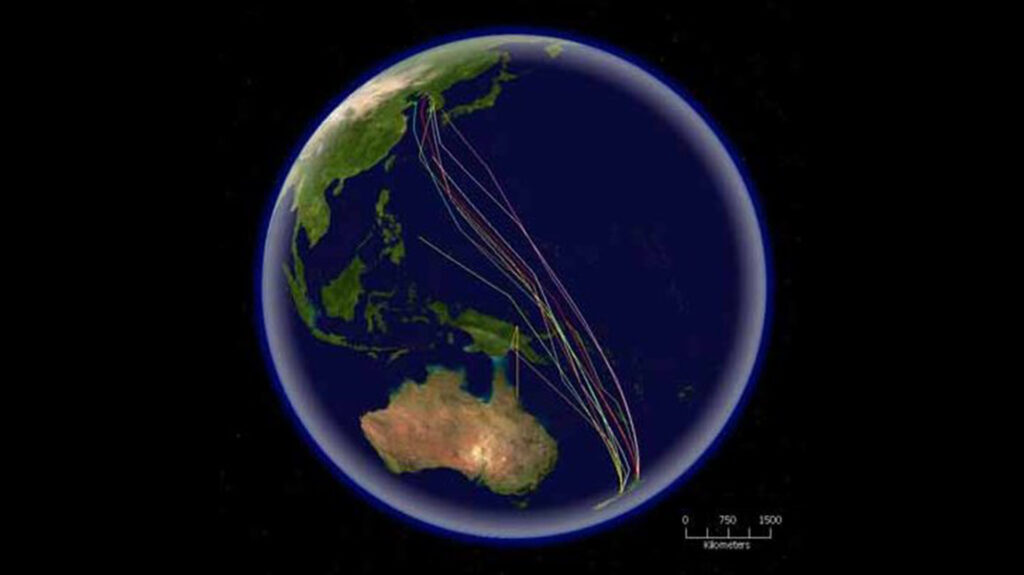
Birds’ migration detours frequently reflect sophisticated timing strategies designed to coincide with seasonal resource pulses at specific locations. These detours allow birds to arrive at critical sites precisely when food resources peak in abundance. The bar-tailed godwit’s curved route from Alaska to New Zealand includes a stopover in the Yellow Sea region of China, timed perfectly to coincide with the spring bloom of intertidal invertebrates. Similarly, many songbirds detour to arrive at particular forests just as caterpillar populations reach their peak. These timing-based detours represent a form of ecological synchronization, where migration routes have evolved to match not just the spatial distribution of resources but their temporal availability as well.
Genetic Programming vs. Learned Behavior
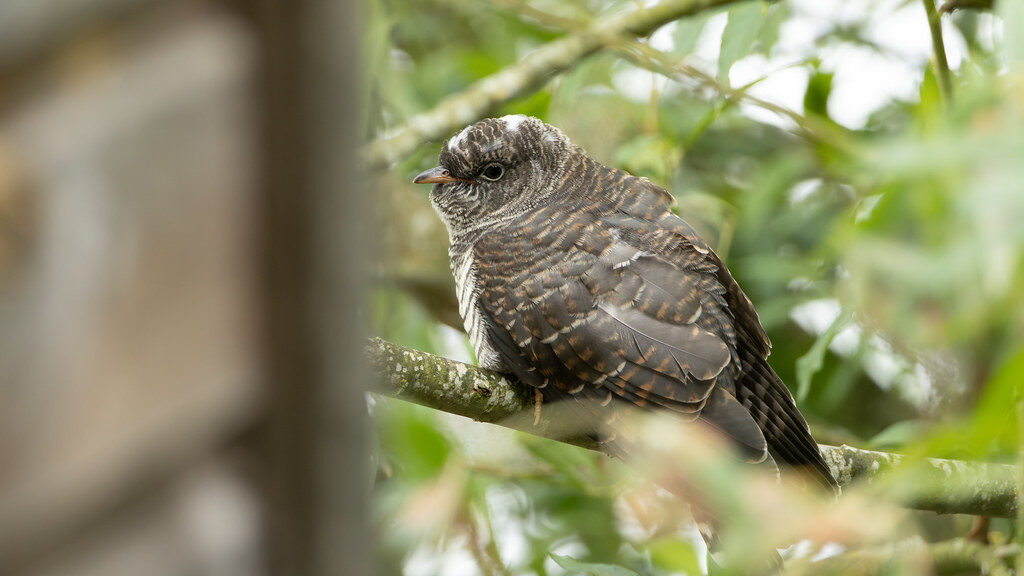
The mechanisms underlying birds’ extraordinary migration detours involve a complex interplay between genetic programming and learned behavior. In many species, particularly those that migrate independently of their parents, the general direction and timing of migration appear to be genetically encoded. Young common cuckoos, raised by foster parents of different species, still accurately migrate to ancestral wintering grounds in Africa without guidance, following complex routes with multiple directional changes. This suggests an innate genetic program for these sophisticated detours. However, research also shows that social learning plays a crucial role in some species, with young birds refining their routes based on experience and by following older, more experienced individuals. This combination of genetic programming and behavioral flexibility allows bird populations to maintain traditional detours while adapting to changing conditions.
The Case of Trans-Saharan Migrants
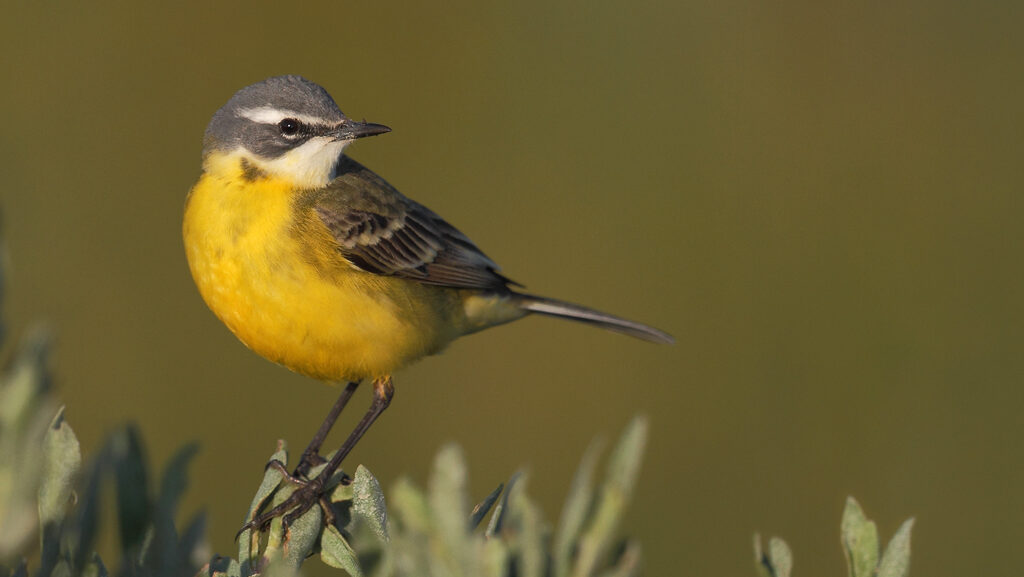
Some of the most dramatic migration detours occur among European birds that winter in sub-Saharan Africa. Rather than flying directly south across the Mediterranean Sea and Sahara Desert—a journey that would expose them to extreme conditions with few opportunities to refuel—many species take substantially longer routes along the coasts. The western yellow wagtail, for instance, follows a route that curves through the Iberian Peninsula and along Africa’s western coastline, nearly doubling the distance of a direct route but providing reliable stopover sites with water and food. This detour allows the birds to cross the Sahara in shorter stages or skirt its edges entirely, dramatically increasing survival rates. Radio tracking studies have shown that mortality during direct Sahara crossings can exceed 30 percent during adverse conditions, explaining the strong evolutionary pressure favoring these coastal detours.
Island-Hopping Migration Strategies
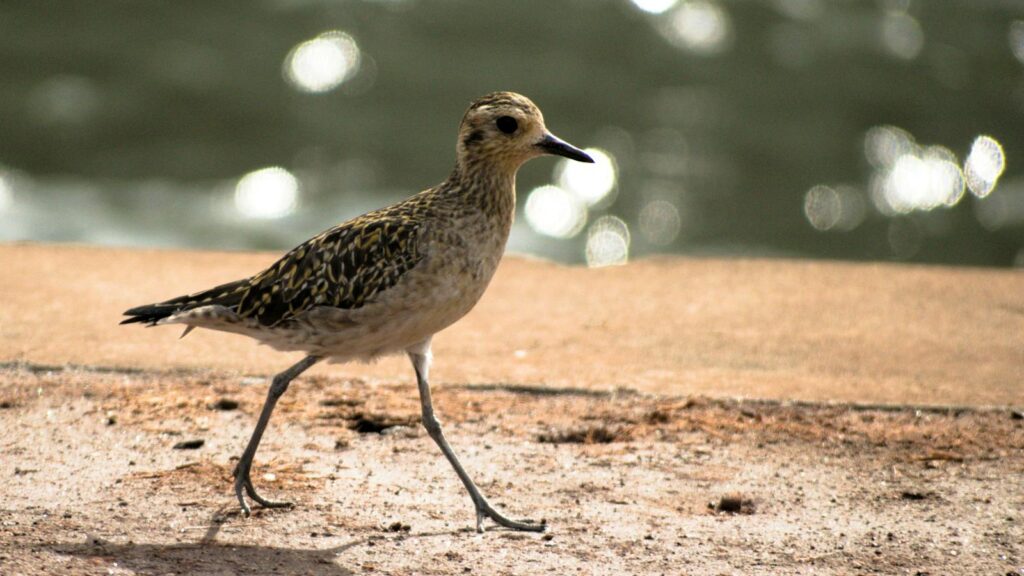
For birds crossing vast oceanic expanses, island-hopping detours can provide crucial stepping stones despite adding considerable distance to their journeys. The Pacific golden plover migrates between Alaska and Oceania by following chains of islands rather than flying directly across open ocean. This island-hopping strategy extends their journey by hundreds of miles but provides emergency landing opportunities during storms or when facing strong headwinds. Similarly, many birds crossing the Mediterranean follow island chains like the Balearic Islands or Corsica and Sardinia rather than attempting non-stop sea crossings. Research using radar and tracking technology has revealed that these island detours significantly reduce mortality rates during migration, as birds caught in adverse conditions can find refuge rather than facing exhaustion over open water.
Climate Change and Shifting Migration Routes
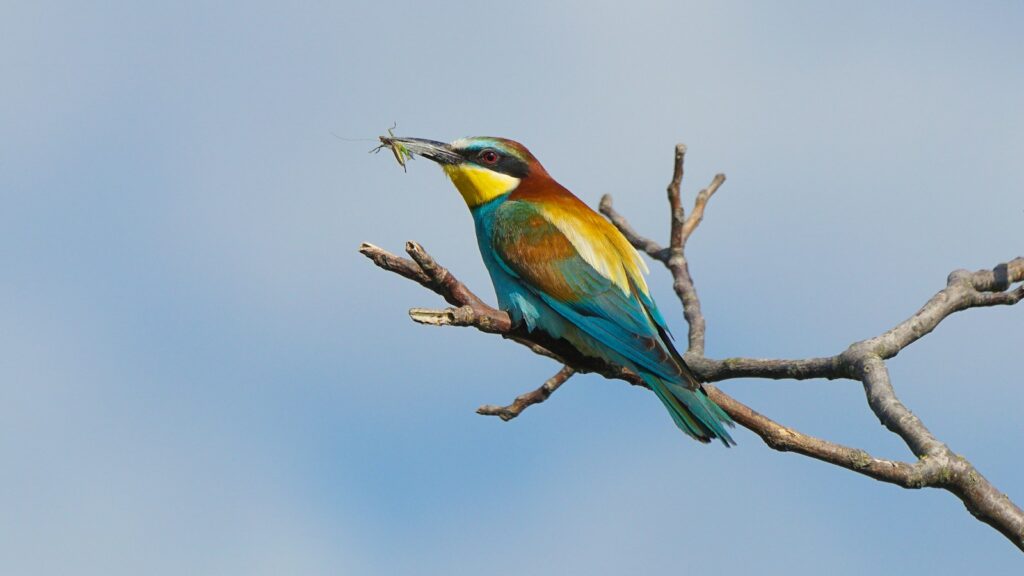
As global climate patterns shift, many birds are altering their traditional migration detours in response to changing resource availability and weather patterns. The European bee-eater has recently established a more direct northern migration route into Europe, bypassing its traditional detour through the Iberian Peninsula as warming temperatures make more direct paths viable. Conversely, some species are developing new detours as traditional stopover sites become less reliable due to habitat loss or altered seasonal patterns. Arctic-breeding shorebirds are increasingly detouring to new coastal wetlands as rising sea levels and changing precipitation patterns affect their historical staging areas. These ongoing changes highlight the dynamic nature of migration routes, suggesting that today’s detours may represent transitional adaptations to rapidly changing environmental conditions.
The Energetic Paradox of Longer Routes
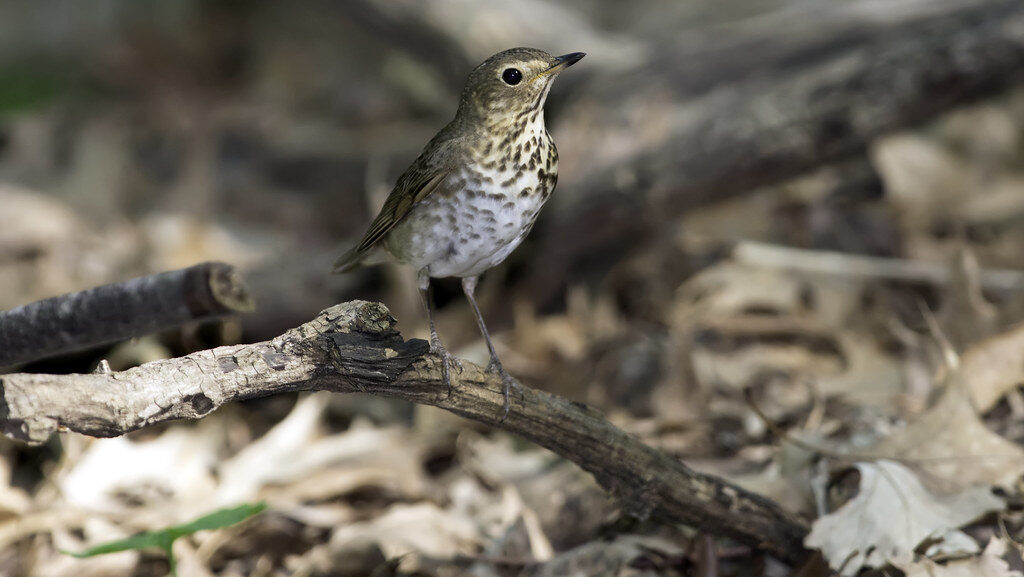
Perhaps the most counterintuitive aspect of migration detours is that longer routes can sometimes require less energy than more direct paths. This apparent paradox is explained by the physics of bird flight and the importance of favorable wind conditions. By taking longer routes that allow them to fly primarily with tailwinds, birds can reduce their energy expenditure dramatically compared to battling headwinds on more direct routes. A swainson’s thrush flying from South America to North America, for instance, may take a curved route through Central America that appears inefficient but allows it to avoid the strong headwinds that would oppose a direct northward journey. Biophysical modeling has demonstrated that these wind-optimized detours can reduce energy consumption by up to 40 percent despite covering greater distances, solving the apparent paradox of why birds would evolve to fly farther than necessary.
Conservation Implications of Migration Detours
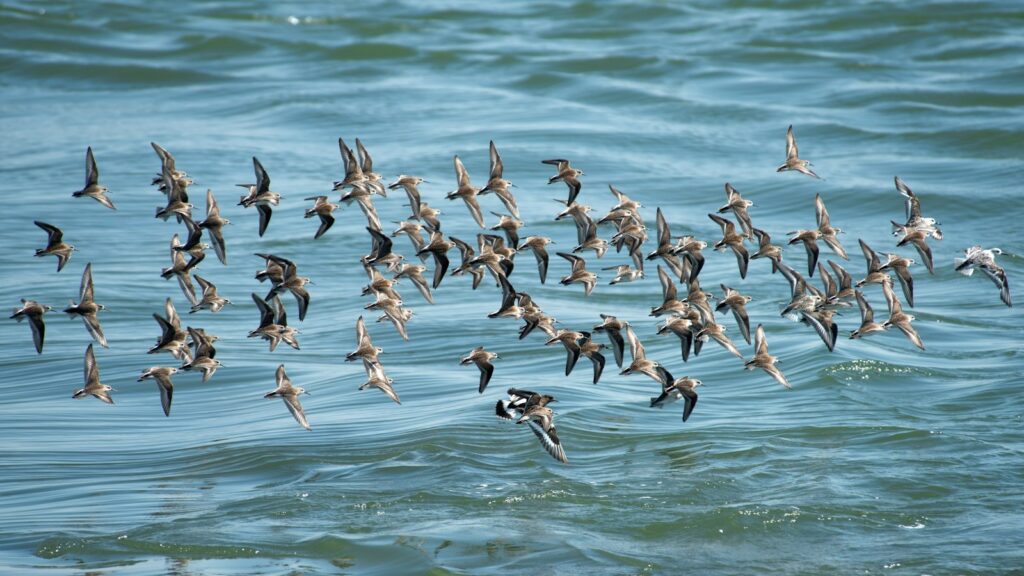
Understanding the critical importance of migration detours has profound implications for bird conservation efforts worldwide. Traditional conservation approaches focused primarily on protecting breeding and wintering grounds, often overlooking the crucial stopover sites that make these lengthy detours possible. Research revealing the importance of specific refueling locations has led to targeted conservation initiatives like the Western Hemisphere Shorebird Reserve Network, which protects key sites along migration corridors. The Yellow Sea region between China and Korea, for example, has been identified as an irreplaceable stopover for millions of shorebirds on detoured routes between Australia and the Arctic, prompting international conservation agreements. As development threatens many traditional stopover locations, preserving these sites has become essential for maintaining the intricate global network that makes these remarkable migration detours possible.
Conclusion
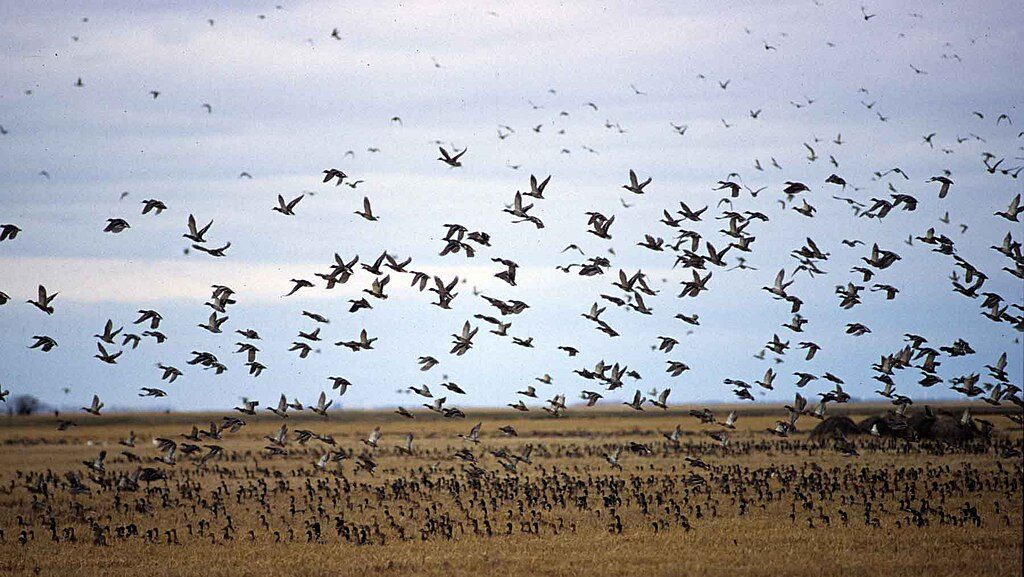
The seemingly inefficient detours that many migratory birds take represent sophisticated evolutionary solutions to complex navigational challenges. Far from being wasteful or irrational, these extended journeys reflect finely tuned adaptations that balance energy conservation, predator avoidance, and resource optimization. By following wind patterns, avoiding geographical barriers, and synchronizing their movements with seasonal resource availability, birds have developed migration strategies that maximize survival despite covering greater distances. As climate change alters global weather patterns and human development threatens traditional stopover sites, these remarkable detours face new challenges. Understanding the logic behind birds’ roundabout journeys is not merely an academic exercise but an essential step in protecting the intricate global network that supports one of nature’s most spectacular phenomena—the annual migration of billions of birds across our planet.
